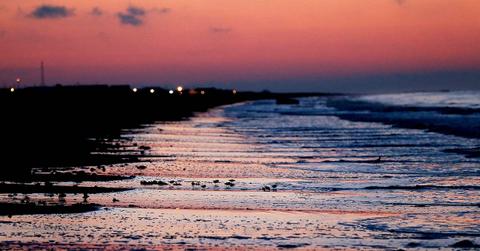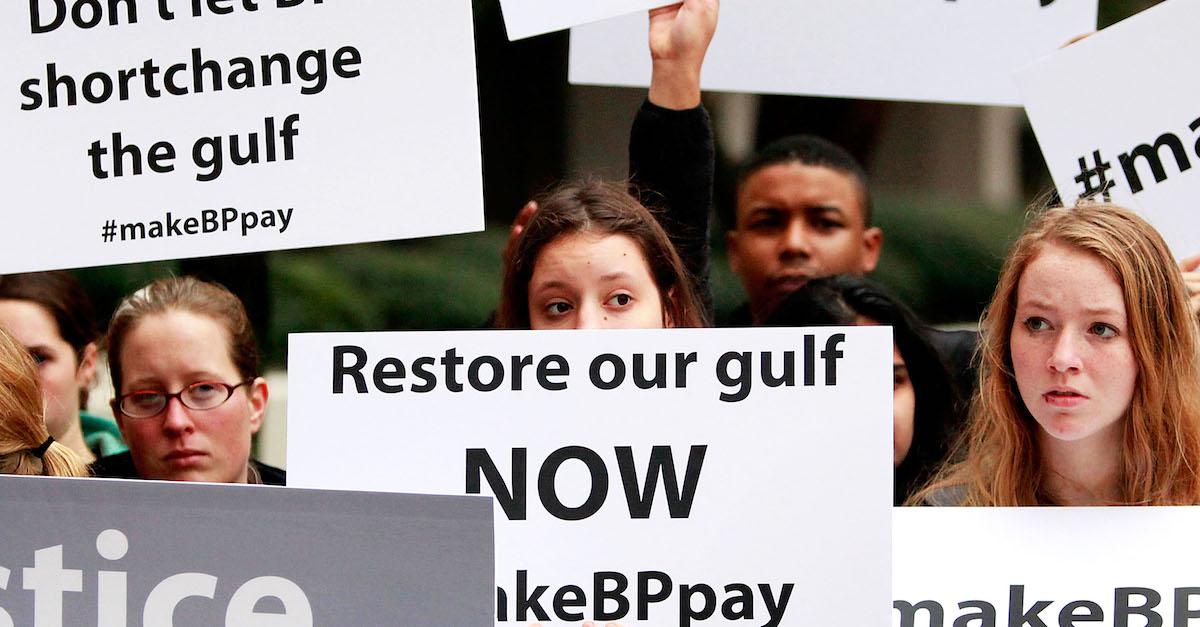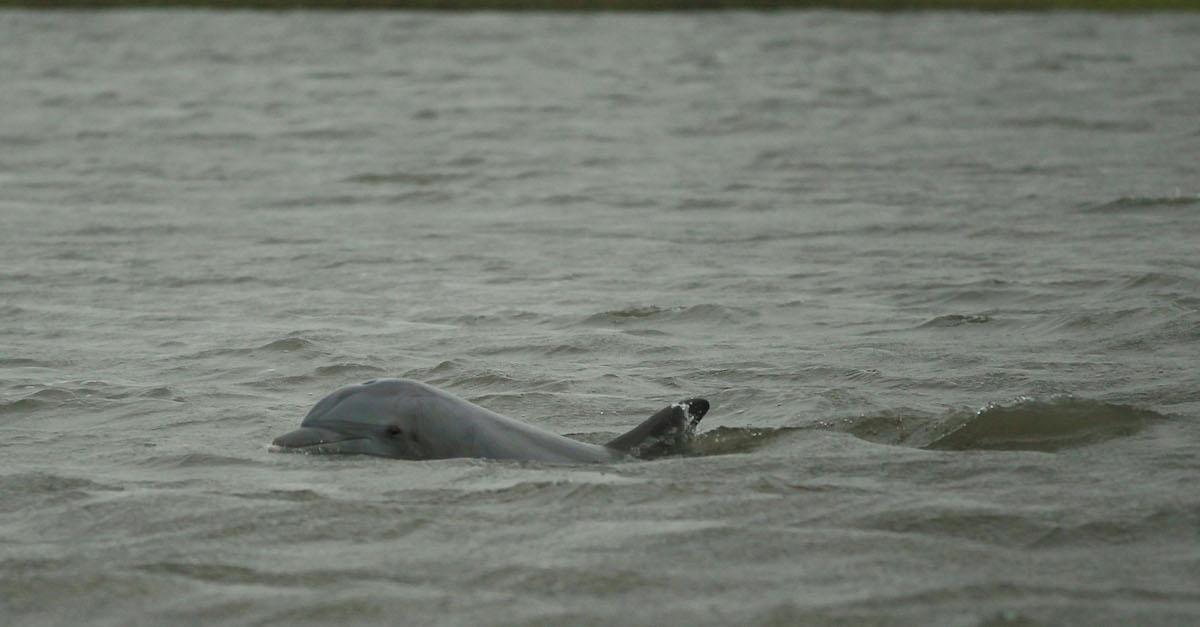Marine Life Still Feeling the Effects of the Deepwater Horizon Oil Spill, Years Later
Published Feb. 28 2022, 12:46 p.m. ET

Although the Deepwater Horizon oil spill happened all the way back in 2010, environmentalists and New Orleans marine life are still feeling the effects of the disaster. In case you need a refresher, hundreds of millions of gallons of crude oil were spilled into the Gulf of Mexico, resulting in considerable environmental harm. And even through years of cleanup efforts, marine life in the area is still feeling the effects of it all.
A study that was published last year in science journal, Environmental Toxicology and Chemistry, explained the long-lasting effects of the devastating oil spill.
“... oil in Barataria Bay marsh sediments eight years after the Deepwater Horizon spill was still 10 times above pre-spill concentrations, with [a separate study] suggesting ‘a long‐term contamination by oil or oil residues that will remain for decades,’” the study said.
And sadly, the dolphins still seem to be feeling the effects of the disaster, several years later.
“Of interest is a particular ongoing feeding behavior observed in Barataria Bay dolphins, whereby they appear to ‘drill into the sediments’ with the potential to inadvertently ingest and/or resuspend oil constituents and continue their exposure,” the study added.

What happened in the Deepwater Horizon oil spill?
The Deepwater Horizon oil spill is considered to be the worst marine oil spill of all time, according to Britannica. Also known as the Gulf of Mexico oil spill, it took place on April 20, 2010 in the Gulf of Mexico, 41 miles away from Louisiana's coastline. It was triggered by a massive explosion on the Deepwater Horizon oil rig, which ultimately sunk two days later. The rig was owned and operated by a drilling company called Transocean, though it was being leased by BP.
The night it exploded, natural gas surged through concrete that was being used to seal the well. It surged to the platform, and exploded, killing 11 employees. Initially, it was estimated to be leaking 1,000 barrels of oil a day; it was later found to be leaking about 60,000 barrels of oil per day at certain points, resulting in a slick that extended for more than 57,500 square miles in the Gulf of Mexico. Cleanup efforts were then led by the National Response Team and several companies were held liable.

Marine life is still being affected by the Deepwater Horizon oil spill, and will continue to be, with continued drilling efforts.
At the time of the spill, per The Guardian, about 80 percent of bottlenose dolphins that were exposed are still feeling the affects to this day, according to a peer-reviewed study in Conservation Biology. While the spill initially killed off a large portion of the dolphin population right off the bat, many dolphins are still suffering from illnesses such as lung disease, and something similar to chronic obstructive pulmonary disease (COPD). Many of the remaining female dolphins also still have reproductive issues.
On the bright side, dolphins that were born post 2010 don't seem to show signs of health issues.
“The hope is that, over time, the young animals will take over the population,” Lori Schwacke, the study's lead author, told The Guardian. Unless anything major happens, it should take the dolphin population about 35 years to fully recover. But now, the U.S. government is leasing parts of the gulf for drilling — which will likely result in oil spills that will prolong the recovery process.
If you don't recall, in November 2021, President Joe Biden instated Lease Sale 257, which was the Biden administration's first oil and gas lease sale. About 15,148 blocks, or 80 million acres, of the Gulf of Mexico were put up for sale. And most of the lease bids came from major fossil fuel companies, including BP, Chevron, ExxonMobil, and Shell. Needless to say, these new leases certainly aren't doing the gulf's dolphin population any favors.
Green Matters’ new book, Green Living, is the perfect guide to living an eco-friendly lifestyle for people at every stage of the process. You can order Green Living here.